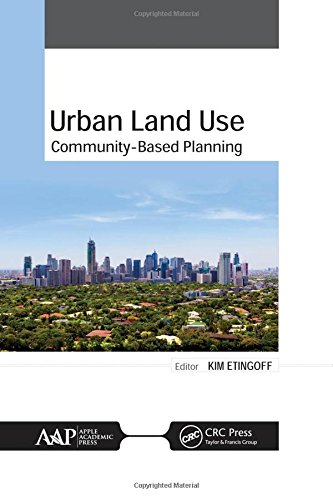

Most ebook files are in PDF format, so you can easily read them using various software such as Foxit Reader or directly on the Google Chrome browser.
Some ebook files are released by publishers in other formats such as .awz, .mobi, .epub, .fb2, etc. You may need to install specific software to read these formats on mobile/PC, such as Calibre.
Please read the tutorial at this link: https://ebookbell.com/faq
We offer FREE conversion to the popular formats you request; however, this may take some time. Therefore, right after payment, please email us, and we will try to provide the service as quickly as possible.
For some exceptional file formats or broken links (if any), please refrain from opening any disputes. Instead, email us first, and we will try to assist within a maximum of 6 hours.
EbookBell Team

4.1
100 reviewsThis compendium volume, Urban Land Use: Community-Based Planning, covers a range of land use planning and community engagement issues. Part I explores the connections between land use decisions and consequences for urban residents, particularly in the areas of health and health equity. The chapters in Part II provide a closer look at community land use planning practice in several case studies. Part III offers several practical and innovative tools for integrating community decisions into land use planning.
Land use decisions are often an invisible part of urban communities across the globe. However, their effects are anything but invisible. Urban land use patterns directly impact residents, and do so unequally across segments of the population based on income and race. Fortunately, land use planners are increasingly recognizing the need for meaningful and skillful community engagement strategies in order to rectify the consequences of historical land use decisions, and to build healthier, stronger future communities through responsive land use planning.
The editor carefully selected each chapter individually to provide a nuanced look at community-based urban land use planning. The chapters included cover a wide variety of issues, including
Taken as a whole, these chapters are a basis for furthering effective community input processes in urban planning. Together, planners and community members can make cities work better for all residents.